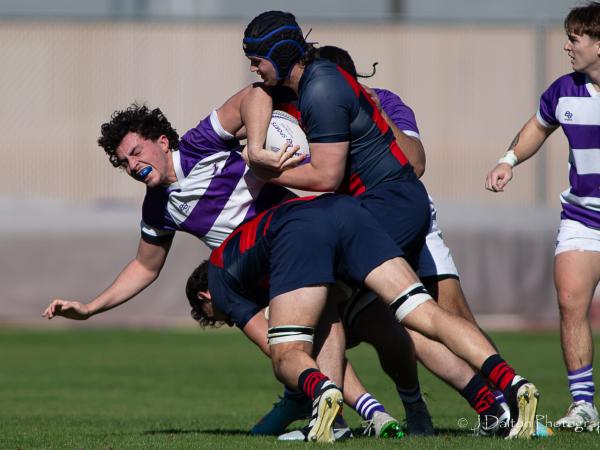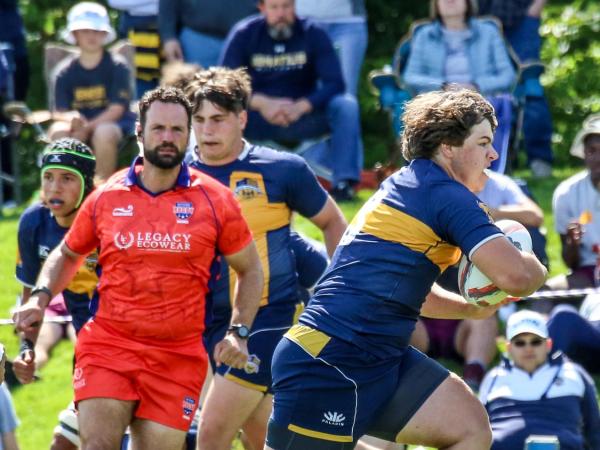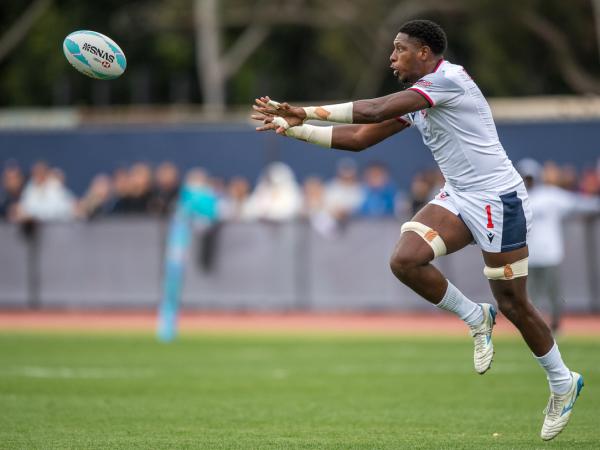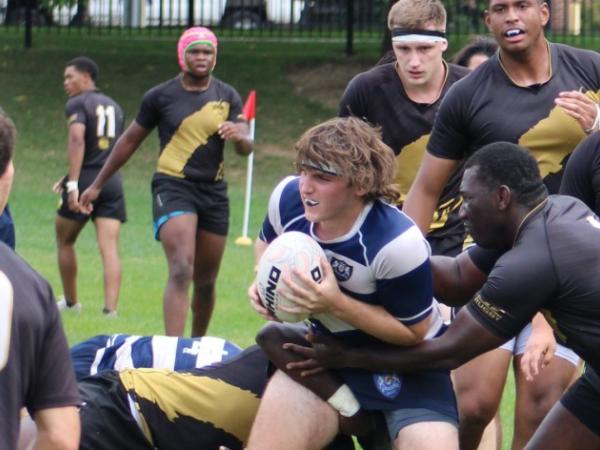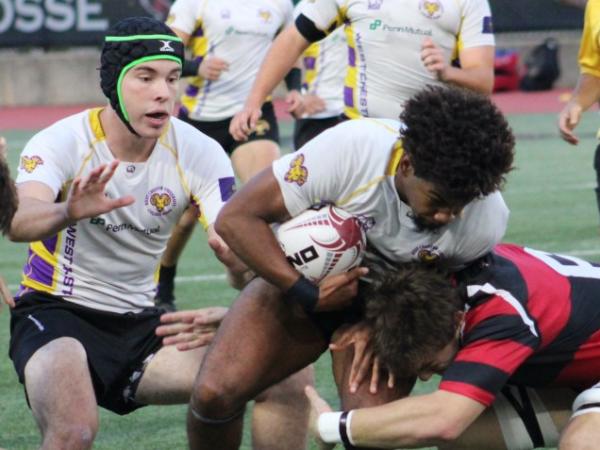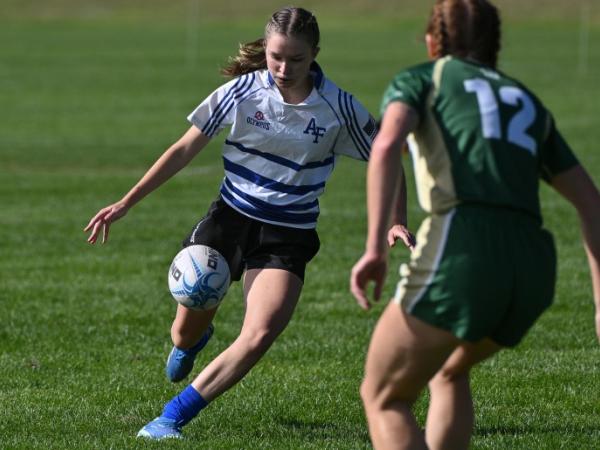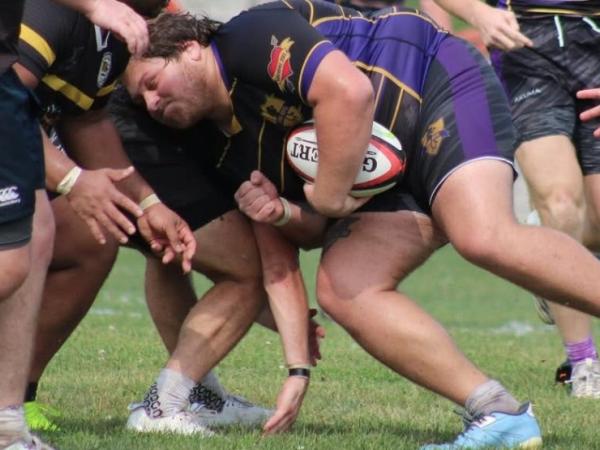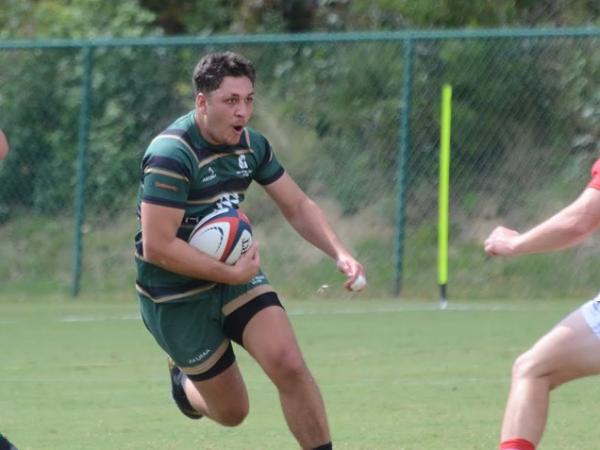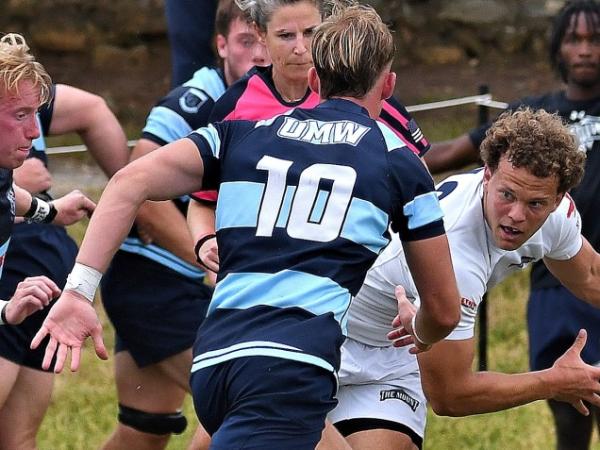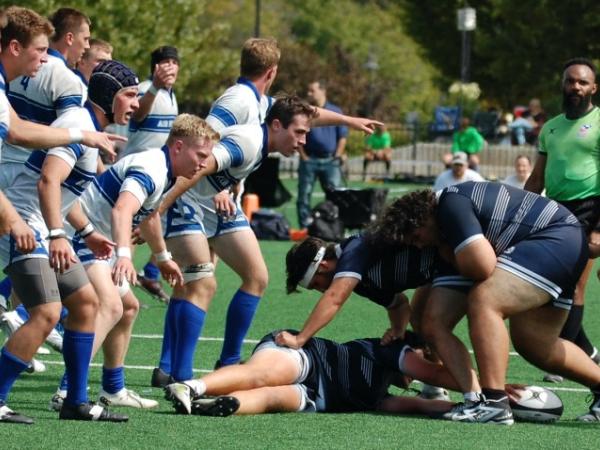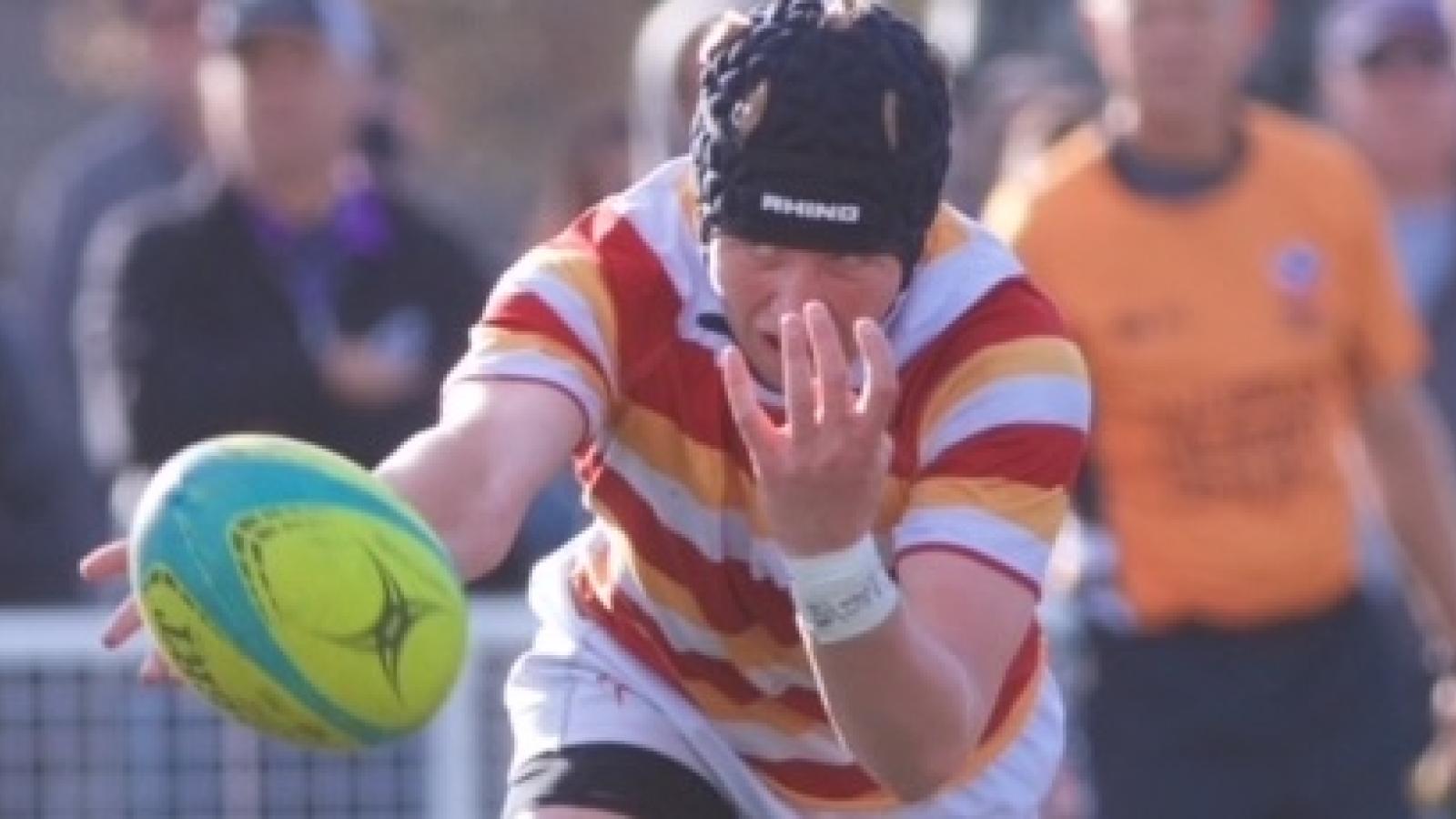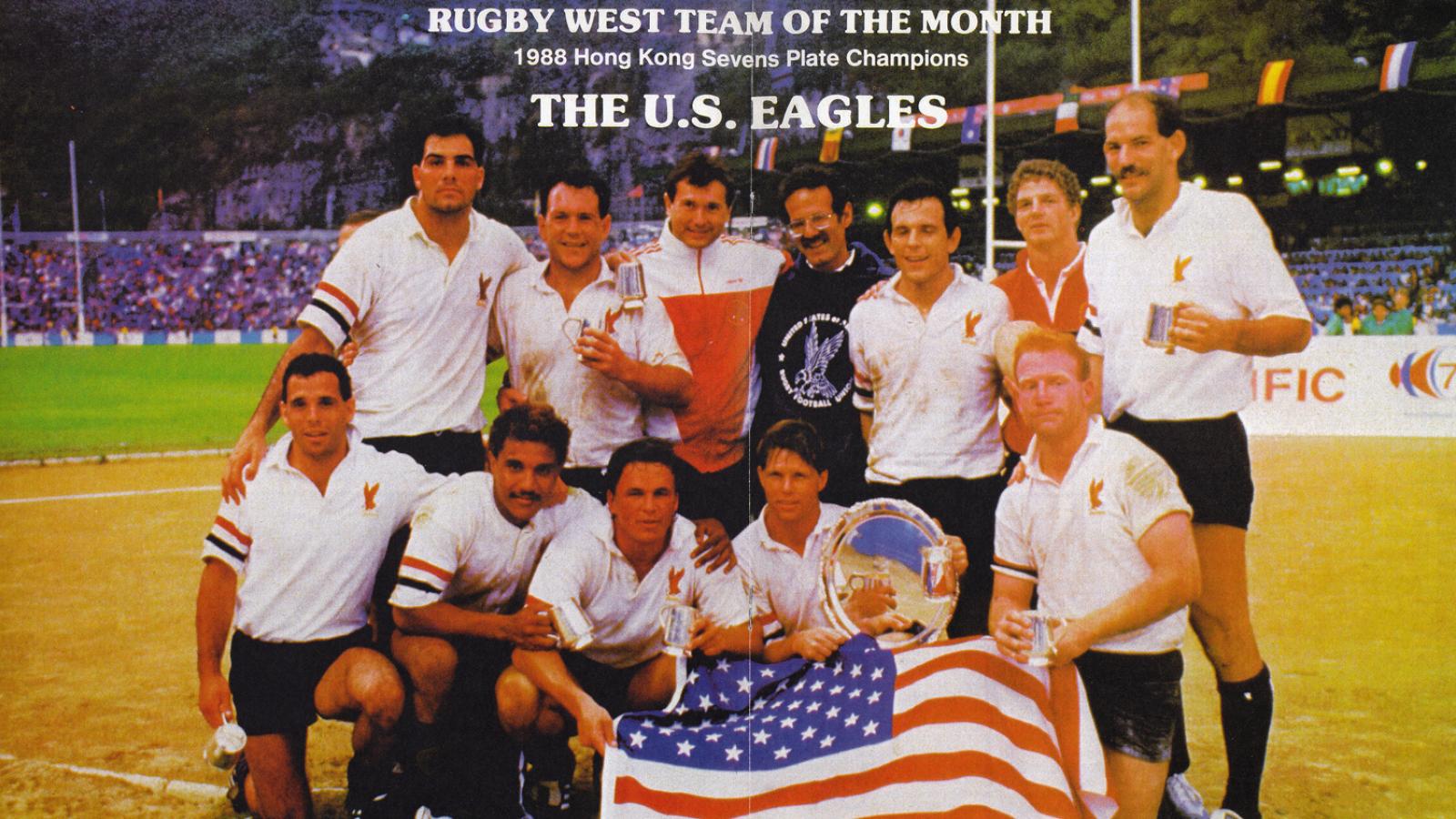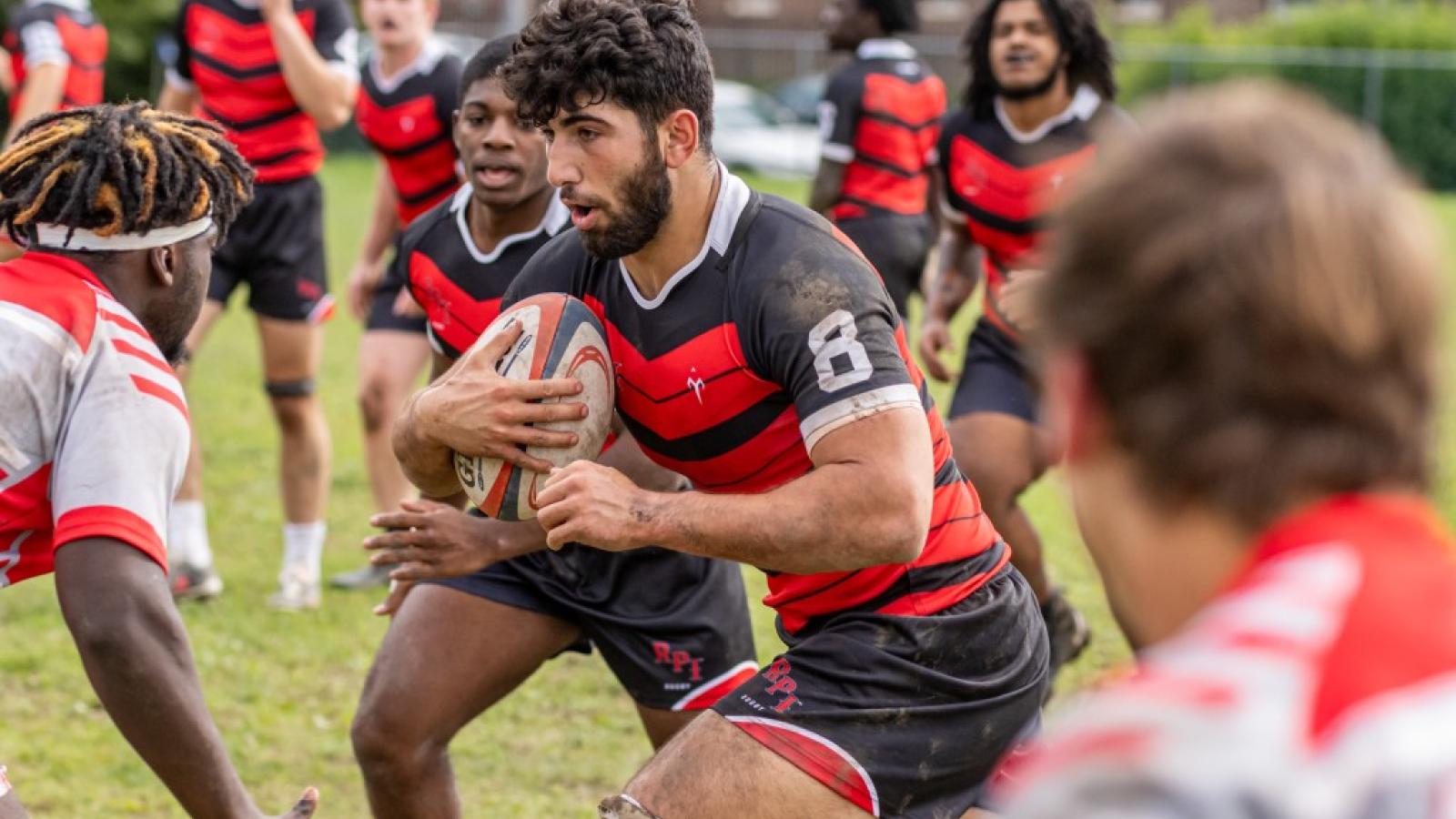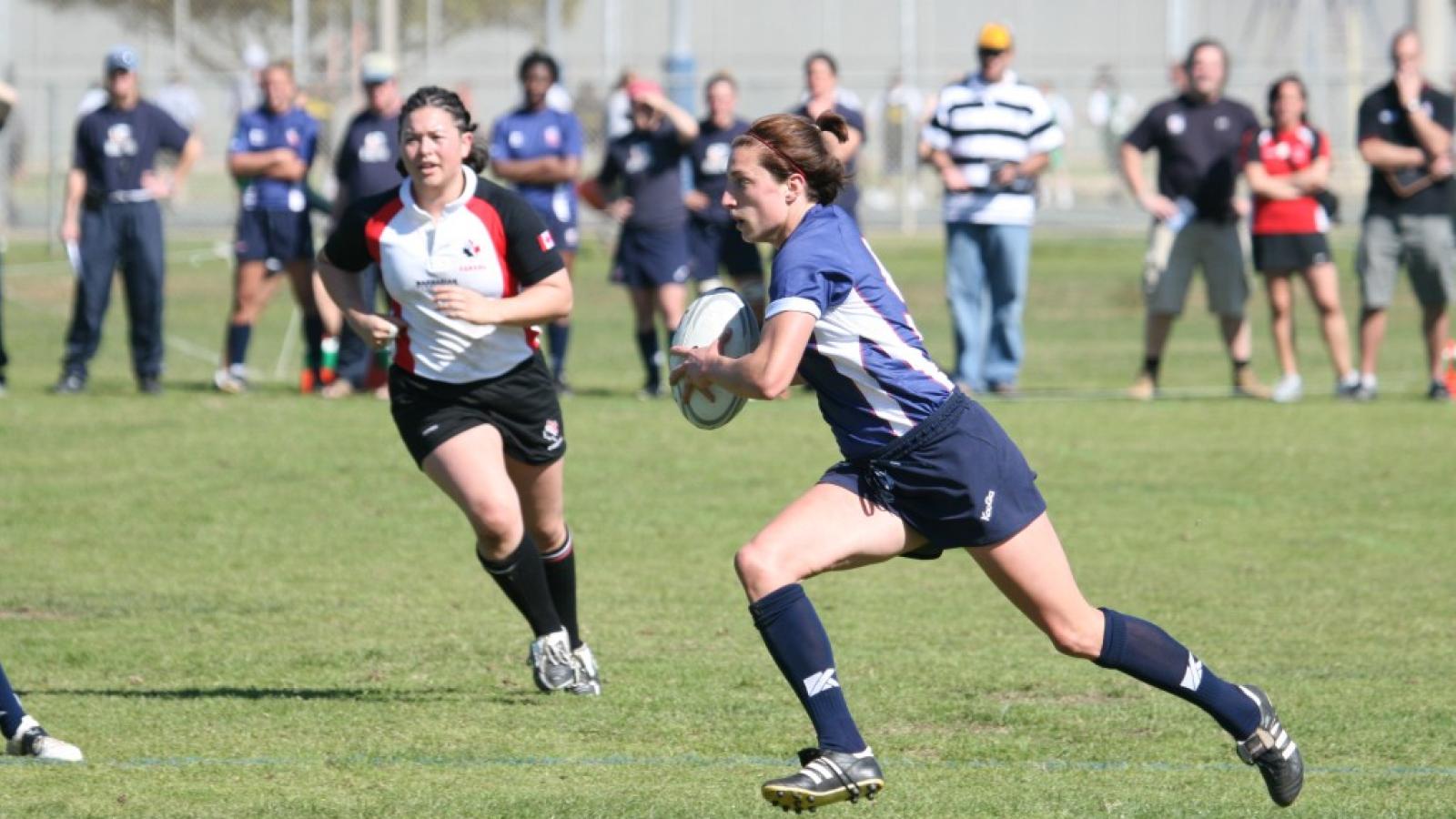Precautions, protocols, plan ... words are being bandied about with regard to how teams are handling COVID, but what do those words mean?
We at GRR have been as guilty as anyone for using a term and expecting everyone to know what it means. Protocols ... we don't define it, we just use the word.
Well, as more and more teams, especially in high school and college, get back on the training field and, maybe, the game field, perhaps it's time to be more specific.
So ... when we have said "protocols" that word has covered a number of actions designed to curb the spread of COVID-19. They can include:
- Regular testing
- Testing on demand
- Wearing masks
- Checking temperatures and self-reporting health checks on arrival
- Frequent use of hand sanitizer
- Sanitizing of rugby balls and other equipment
- Training sessions that limit players touching or being close to each other
- Rules that limit spectator crowding
- Isolating the athletes so they don't interact outside of the their player and coach group
RMA: Shaking Up The COVID Response
But these different protocol items are all of varied levels of importance. Not every organization is doing the same thing. Some of the few competitions we've seen have players playing with masks on.
Is that tenable in a 15-a-side game? Wouldn't masks be ripped off? If you have a sturdier face covering , wouldn't that impede a player's breathing? (We were given one suggestion—a breather break like we sometimes have water breaks on hot days; a chance for players to separate and pull the mask or gaiter and load up on oxygen. We'll let the medical and conditioning experts weight in on whether that makes any sense.)
Does it make sense to allow contact but limit how much? There are some regions where you can only have contact for a certain amount of time, say 15 minutes.
Is asking about symptoms enough? This is a common approach for doctors' offices and hospitals. They take your temperature and ask you whether you're feeling any worrying symptoms. If it's good enough for a hospital, is it good enough for everyone else?
But the standards seem to have changed, and testing is the thing now. The varsity and almost-varsity teams slated to play in the Chesapeake Conference have testing ability in place. Basically, they can test at least once a week and could ramp it up to three times a week. Those teams will likely test a few days before a game as well.
But at Cal they are testing every day, using two different tests. The cost is high—probably about $6,000 a day. If your roster is a bit smaller and you test, say, twice a week you go from a $42,000 weekly testing bill to, say, $8,000.
We can here it now: "Oh, is that all?" If your university is picking up the bill in the interests of student welfare (which they should) then the frequent testing is merely an inconvenience. But we have heard of rugby teams being told they must test in order to train, but the cost of the tests must be borne by the players.
That approach can kill a program.
As for Cal, they appear to be unique in testing every day.
And finally there's the bubble. Can you truly operate a bubble, where players are not in contact with anyone but their teammates and their coaches? In college? Not really. Can you prevent players from going to the grocery store or a coffee shop? No, you can't. So a "bubble," if that term is even used, means limited and possibly monitored exposure.
So "protocols" can be a catch-all term that tells us something, but it's not an exact term.










